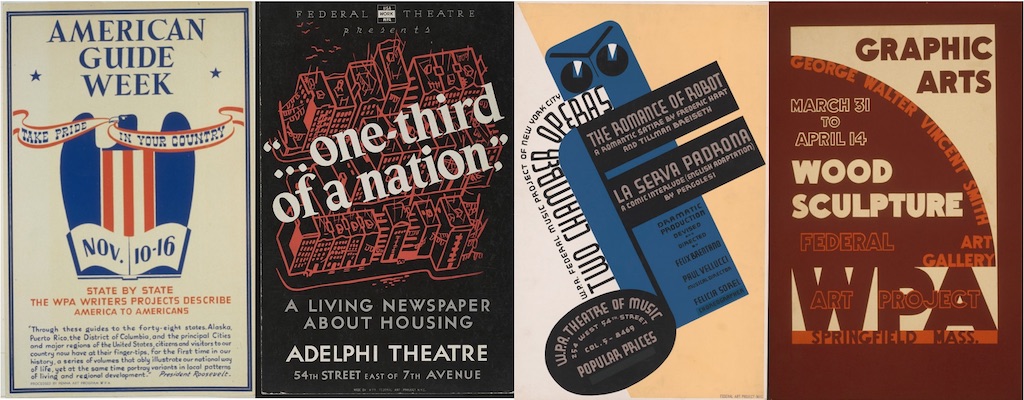Los Corridos
If consumerism and assimilation were Mexican-Americans' avenues for American culture, songs would certainly be the avenue for Mexican culture. Corridos, folk ballads of outlaws and heroes of the revolution, spread throughout Hispanic communities, relating their swashbuckling, Robin Hood deeds as both history and escapism. These cheery tunes helped cement a Mexican mythos among the common people, a song with repetitive verses everyone in the audience could chime in on and relate to as their heritage (Suarez). Less interactive, but more popular were the songs of the Tipica orchestras that "consisted of forty men dressed in the traditional outfits of the Mexican musician. These colorful costumes of dark trousers, gold shirts, red ties, and white sombreros added to the groups' attractiveness as they played traditional Spanish songs by Barcelata, Alfonso, and Alvarado, among others." (Bindas, pg. 98) Having the most to do with the Federal Music Project, the Tipicas toured the most broadly and touched the most people, but they also "had to secure as much exposure outside their Hispanic communities as possible. Perhaps this is where Sokoloff's 'novelty orchestra' label became applicable. In order to appeal to audiences outside their communities, these ethnic units had to present themselves as the popular stereotypes portrayed them-- as happy, musical, and docile." (Bindas, pg. 101) Tipicas provided a valuable service to migrant communities in California, riveting the poor farmers of the valley with culture and energy (Julio Gomez Orchestra).
LOC curator Juan Bautista Rael tells a different story. Songs like 'Que dolor igualará al que mi pecho acompaña' or 'Lloren pecadores' or 'De la real Jerusalen' are solemn, pious, full of abstract sorrow and hurt. I believe these plaintive ballads carry with them a more ethnic slant than their romantic nature would imply, communicating the overall pain of Mexican-Americans' repeated rejections, the feeling of being in flux between two identities (Rael).
